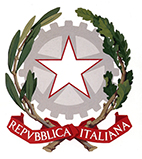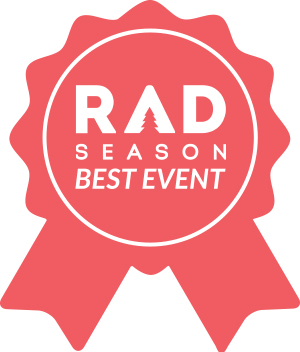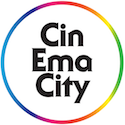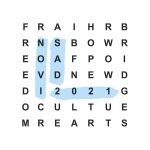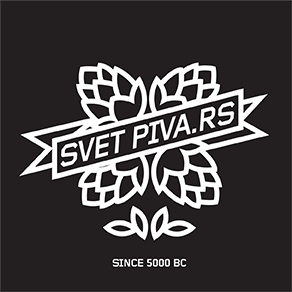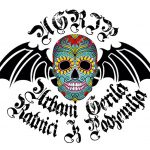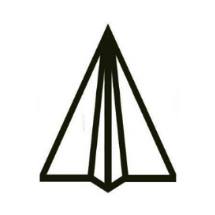What To Visit?
Culture
Museums
Cinemas
Urban Culture
By the 21st century Novi Sad also develops an urban youth culture. Standing out is the Chinese Quarter, part of the city with abandoned storage and other facilities which were occupied by the Student Cultural Center and other cultural youth institutions.These large spaces are convenient for exhibition, club and concert purposes. Among the young citizens of Novi Sad the most popular are the clubs Fabrika (Factory) and Quarter.
The second important center for urban culture in Novi Sad is the “Youth Center CK13”, also known under its simpler name: “Black House”. CK 13 is an alternative and educational space intended for encouraging and developing social engagement and political activism among young people. This center was founded by three NGOs with a common goal to, through different methods of transdisciplinarity and networking, create an open space intended for public discussions, research projects, independent publishing, concerts, workshops and lectures.
Landmarks
The old Novi Sad city core is relatively small by size and belongs to the typical Central European blend of different architectural styles from Baroque to modern. The old core is made up of Zmaj Jovina Street with the main Liberty Square. The buildings are mostly ground to one story in height, with the oldest being the house “Kod Belog Lava” (At The White Lion) on the corner of Zmaj Jovina and Danube Street, constructed in 1721.
Still, the most important cultural and historic and architecturally most complex is the Petrovaradin Fortress from the 18th century, on the opposite bank of the Danube, which along with the Danube is the most important tourist landmark of Novi Sad. Famous for its exceptional 16km long underground system of military galleries and the Clock Tower which conversely shows time. During the last 15 years the fortress has become famous throughout the world as the place where the famous festival of popular music – Exit is being held.
Trips
Fruška Gora
Although not especially high (average height of about 500m above sea level), so many would not even call it a mountain, the Fruška Gora mountain is the beloved outing spot for the citizens of Novi Sad. It is 80km long, located in the South-Eastern part of the Pannonian lowland. Its highest peak is Crveni čot (539m).
In 1960 20,000 acres of Fruška Gora have been placed under the protection of the state and declared a National Park, and the first one in the then Socialist Yugoslavia. National Park Fruška Gora is made up of a unique landscape, a geological and geomorphologic entity, with rare plant and animal species…
Fruška Gora is also renowned as the second Holly Mountain. On a relatively small space, the Fruška Gora highlands, exist 18 active Serbian Orthodox monasteries, while in the past there were about 30. These monasteries are valuable cultural-historic monuments, which guard the memory of Serbian Baroque art from the 18th century.
Fruška Gora is also a famous wine region. Its mild slopes are suitable for cultivating various vine sorts as are: the Italian Riesling, Merlot, Cabernet Sauvignon, Portoguiser… The vineyards on Fruška Gora date back from the Roman Period (2nd century AD). Famous wine centers are: Sremski Karlovci, Irig, Šid.
Sremski Karlovci
Sremski Karlovci, known as the center of Serbian spirituality, is a small, but historically very significant place. Karlovci is a museum town, located on the slopes of Fruška Gora, and only 11km away from Novi Sad.
When you visit Karlovci, you will have the impression that time has stopped. Every step you take and building you see, making up the Branko Radičević square, will remind you of the rich Baroque and Neoclassical history of this place. In the 18th and 19th centuries, Karlovci became the spiritual, cultural and educational center for Serbs living in the Habsburg Empire. There the Karlovci Metropolitinate was founded, the first Serbian grammar school, the first Serbian Theological school, the Treaty of Karlovci was signed there, the first peace treaty signed on a round table…
Karlovci are also an important wine center. In the 18th and 19th centuries wines from Karlovci were drank on all major European courts, exported even to New York, while the desert wine – Bermet was even located on the wine chart of the Titanic…
Salaši
If you want to experience the real spirit of Vojvodina, salaši are a definite destination. Salaši are traditional Vojvodina households with economic buildings, stables and agricultural surfaces. Near the location of the salaši there are usually vineyards and fruit orchards.
Primarily, salaši were the homes for stockbreeders, and later on plowmen. Up to the Great War, the area around Subotica alone had over 11,0000 salaši. After the Second World War and the nationalization of land, most of the salaši lost their owners and were left to the scrutiny of time. Probably it would have remained that way, if it were not for some enterprising private businessmen who recognized the tourist potential of salaši.
Today, on the territory of Vojvodina there are about 30 salaši that function as inns with an authentic countryside ambience. Guests sleep on carved wooden beds, on clear starched sheets, eat local home made food from the salaš itself, and drink local home made wine accompanied by the well-flavored sound of the tamburica.








